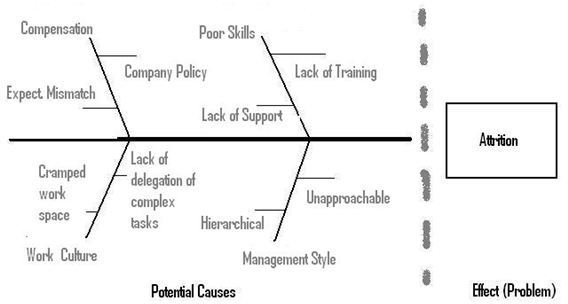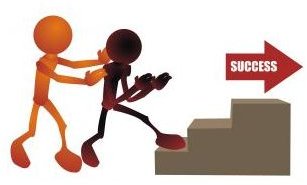Employee Coaching Checklists for Employee Performance and Development
Introduction to Employee Coaching
Coaching a team member or an employee is an integral part of helping the person grow personally and professionally. The job of a
coach is to help the team member meet set expectations. Before I discuss employee coaching checklists, let me stress a little on the importance of setting expectations.
Without clear and agreed upon expectations, an employee coaching session may simply not lead to anything of value. Before getting into a coaching session, both parties need to be very clear on the objectives. Also, as a manager, you should understand that coaching is not a one-off activity; rather it is recursive until the coaching objective is met. As you will read in this series of article, this also involves setting up recurring checkpoints with the team member to assess progress.
Now that you understand the role of coaching, let’s look at the employee coaching checklists. In this article, there are three employee coaching checklists, as listed below:
- Before Session
- During Session
- After Session
Image Credit: SXC
Let’s start with a checklist for making sure you’re adequately prepared for the employee coaching session.
Employee Coaching Checklists – Before Session
Before you head into an employee coaching session, use the employee coaching checklists in this series to ensure you are prepared for the session.
- Document the Objectives: Be clear on what you want to achieve in the session. For example, the issues that are hindering progress and how they might be overcome. Do not go overboard with improvement areas. Focus on a few and ensure you have a list of positive areas to motivate the person to improve. I recommend focusing on a couple of issues at a time. Since there are objectives, you should use <strong>the SMART framework</strong> to document the objectives.
- Communicate the Objectives: Both parties need to be clear on what to expect in the session. Before the employee coaching session, mention the agenda in the meeting request.
- Measure Performance: Document observed behaviors and measured performance results. For example, you might have set an objective of ensuring deadlines are met. For this objective, you should have quantified data illustrating when and under what circumstances the deadlines were missed.
- Identify Obstacles Affecting Performance: These could include motivational factors, lack of training, processes, etc. For instance, in the above example, if an employee is consistently missing deadlines, then maybe the problem might be that the employee needs training on estimation or alternatively the employee may not see the reward or consequence of not delivering on time. You can use <strong>the Fishbone Analysis</strong> to understand the factors affecting the problem.

Image Credit: Rupen Sharma
For other good root cause analysis tools, such as 5 Whys, refer to the Guide to Root Cause Analysis.
- Relationship with Employee: Relationship is the last point I’d like to stress on in this employee coaching checklist. It is critical for an employee to trust his coach and understand that the employee coaching session is for her growth. Have you done enough to win the trust or does the employee feel the coaching sessions are nothing more than a performance appraisal?
Note: Ideally, you should be tracking the employee coaching sessions to a plan. Hence, the sessions will be part of a larger growth plan for the employee or team member. The employee coaching checklists help you enhance employee performance and development.
For more employee coaching points and checklists, read on to part two of this series, <strong>Employee Development: During the Employee Coaching Session</strong>.
